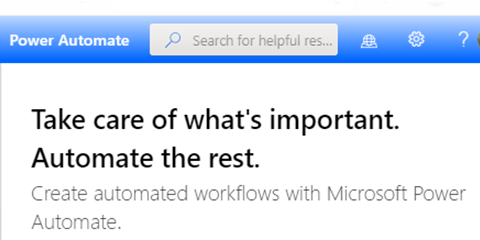Workflow Basics
Flow Basics

Each new instance of a flow must run from an existing list item or document, and must be generated from an existing workflow template - be it custom or out-of-the-box. The flow templates which are available will depend on the list or library in which the user is working, as well as any associated content types.
Any flow templates associated with the list or library can be (or WILL be, in the event of a flow triggering automatically) initiated on any item within that list or library. The flow templates associated with a content type will be available to be initiated (or will automatically start) for any item based on that content type, regardless of which list or library the item is stored in.
It's worth noting that the content on which a flow is running is not sent from person to person. Instead, the content remains in the site, and each flow participant is given a link to the content. In fact, there is not a requirement that the flow makes use of the document or item with which it's associated.
Another point worth emphasising is that what a flow initiator and participants of the flow are defined by SharePoint. However, the forms used in the flow are defined by the flow author. This allows the author to control how users customise and interact with the flow.
As flows are now part of the independant Power Automate app, when you create a SharePoint flow it is stored as a set with flows created in all apps connected with your Microsoft or Office 365 account. This means that flows are private to you and any organization that decides to automate processes with flows should make sure that all critical business flows are shared, to handle the case if a user quits.